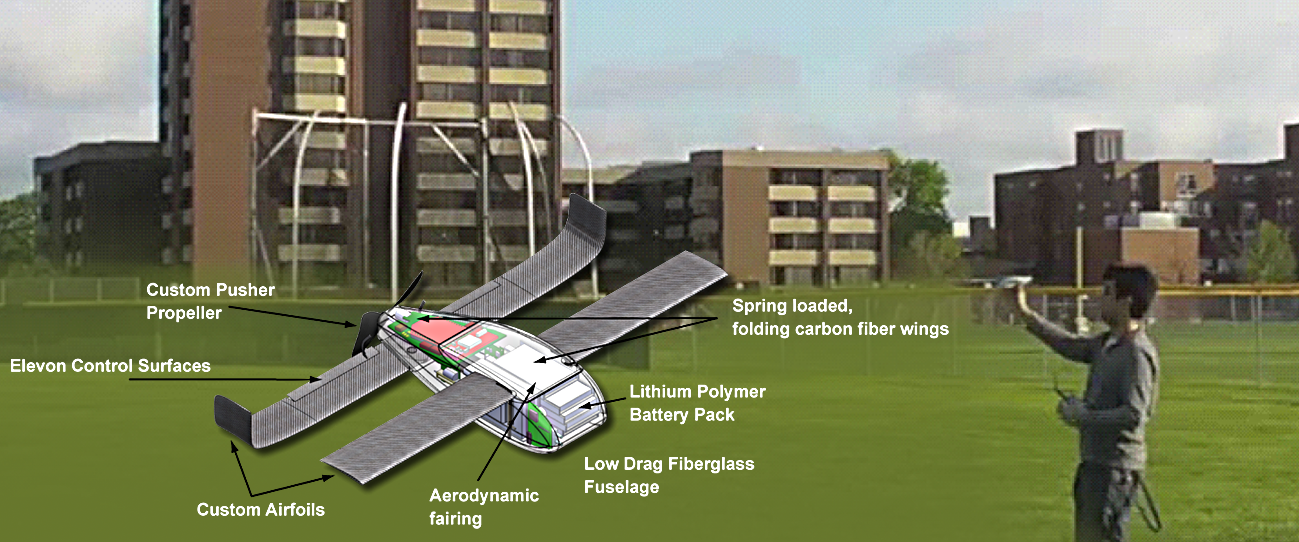
In the second week of July 2014, elements of four brigades of the Ukrainian Army Ground Forces were assembling near the village of Zelenopillya, along a highway leading north to the city of Luhansk, Ukraine. They were deploying along the border with Russia as part of an operation to cut the lines of supply to paramilitary forces of the separatist Luhansk People’s Republic operating in the Luhansk Oblast.
A combined Ukrainian Army and police operation in May and June had achieved considerable success against the Separatist forces and the government of Ukrainian President Petro Poroshenko had declared a unilateral cease-fire in late June. Ukrainian forces resumed the offensive at the beginning of July and fighting broke out around the Luhansk International Airport on 9 July

At about 0430 on the morning of 11 July, a column of battalions from the Ukrainian 24th and 72nd Mechanized Brigades and 79th Airmobile Brigade was struck with an intense artillery barrage near Zelenopillya. The attack lasted only three minutes or so, but imagery posted online of the alleged aftermath reported a scene of devastation and scores of burned out vehicles (see below). Ukraine’s Defense Ministry admitted to 19 killed and 93 wounded in the attack, though other sources claimed up to 36 fatalities. No figures were released on the number of vehicles lost, but a survivor reported on social media that a battalion of the 79th Airmobile Brigade had been almost entirely destroyed.
Video of the aftermath of the attack on Zelenopillya. [LiveLeak]
The Ukrainians quickly identified the perpetrators as “terrorists” using short-range BM-21 Grad multiple rocket launch systems (MLRS) firing across the border from Russian territory, which was only nine kilometers from Zelenopillya. Independent analyses by various open-source intelligence groups amassed persuasive circumstantial evidence supporting the allegation. On 16 July, the U.S. government instituted a round of additional sanctions against Russia, including Russian arms manufacturers and leaders and governments of the Separatist People’s Republic of Donetsk and Luhansk People’s Republic.
Video of Russian MLRSs allegedly firing from the same location as the 11 July 2014 strike on Zelenopillya. [YouTube]
Western military analysts took notice of the Zelenopillya attack and similar strikes on Ukrainian forces through the summer of 2014. What caught their attention was the use of drones by the Separatists and their Russian enablers to target Ukrainian forces in near-real time. The Ukrainians had spotted Separatist drones as early as May, but their number and sophistication increased significantly in July, as Russian-made models were also identified.
Analysts also noted that the Zelenopillya rocket strike incorporated a Dual Purpose Improved Conventional Munition (DPICM) mix of air-dropped mines, top-down anti-tank submuntions, and thermobaric fuel/air explosives to achieve a devastating effect. They surmised the munitions were delivered by Tornado-G 122mm MLRS, an upgraded version of the BM-21 introduced into the Russian Army in 2011.
The sophistication and effectiveness of the attack, in combination with other technological advances in Russian armaments, and new tactics demonstrated in the conflict with Ukraine, prompted the U.S. Army Capabilities Integration Center, then led by Lieutenant General H.R. McMaster, to initiate the Russian New Generation Warfare Study to look at how these advances might influence future warfare. The advent of new long-range precision strike capabilities, high-quality air defense systems, maritime anti-access weapons, information operations and cyber warfare, combined with the adoption of anti-access/area denial (A2/AD) strategies by potential adversaries led into the technologically-rooted Third Offset Strategy and development of the Army and U.S. Marine Corps’ new Multi-Domain Battle concepts.

